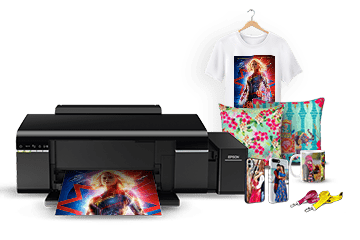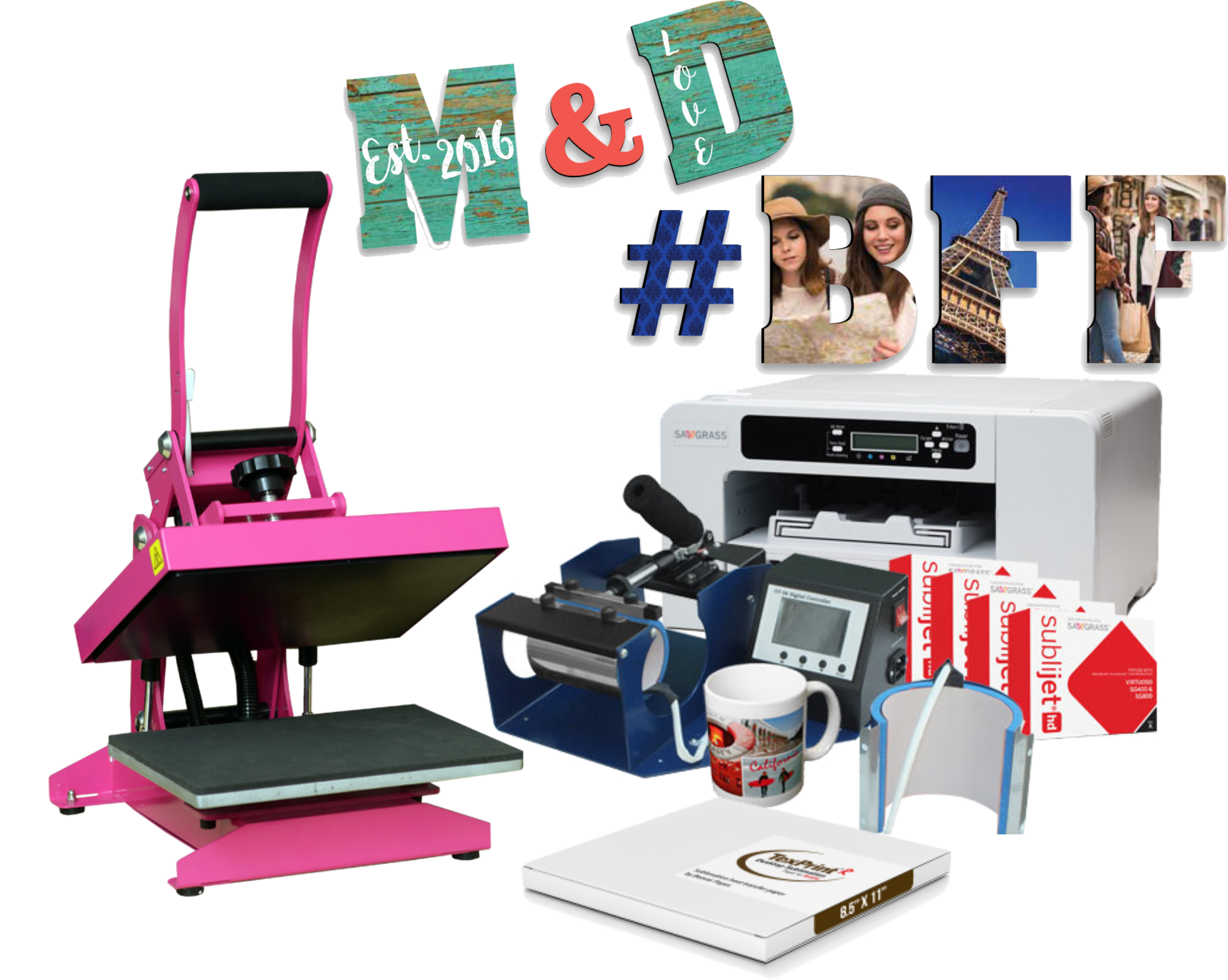Screen Printing Strategies: Understanding the Art for Branded Clothing
Screen Printing Strategies: Understanding the Art for Branded Clothing
Blog Article
A Comprehensive Overview to the Different Kinds Of Fabric Printing Techniques
Each technique, from the meticulous workmanship of block printing to the quick efficiency of display printing, serves unique functions and uses distinctive benefits. Digital printing's versatility and environmental awareness stand in stark contrast to the quick personalization of heat transfer printing.
Block Printing
Block Printing, one of the oldest approaches of fabric decoration, has a rich background that goes back to old worlds. Coming from in China around 220 A.D., this method later spread out to India and ultimately Europe. The procedure involves sculpting elaborate layouts right into wooden blocks, which are then dipped in color and pushed onto material to create patterns. This method is notable for its ability to generate extremely outlined and repetitive styles.
The precision and craftsmanship associated with block printing make it a labor-intensive procedure, but it additionally permits for a high level of modification. Craftsmens can develop one-of-a-kind patterns by integrating different blocks or varying the application of color. This versatility has added to the long-lasting appeal of block printing in both modern and typical fabric design.
Block printing is especially valued for its aesthetic top qualities, including the mild variations in pattern and shade that result from the hand-printing procedure. These imperfections provide a distinct personality to each item, distinguishing it from mass-produced materials. In spite of advances in contemporary printing technologies, obstruct printing continues to be a treasured strategy, commemorated for its historical value and creative worth.
Screen Printing
Screen printing, an additional prominent textile decor technique, has transformed the market with its performance and flexibility. This method involves developing a stencil, understood as a screen, and utilizing it to apply layers of ink on the printing surface. Each shade in the style calls for a different screen, which permits detailed and vibrant multi-colored prints.

One of the crucial advantages of screen printing is its versatility to different types of materials, consisting of cotton, polyester, and blends. This method is particularly appropriate for large-volume orders as a result of its cost-effectiveness and rate. The resilience of the prints is an additional substantial advantage, as the ink bonds well with the textile, making certain durable layouts that hold up against numerous cleans.
Once dried out, the style is transferred onto the emulsion-coated display making use of a UV light source. Ink is after that pressed via the pattern onto the textile utilizing a squeegee.
Display printing is commonly used in the garment industry, promotional products, and personalized garments. Its capability for premium, detailed prints safeguards its condition as a foundation technique in fabric printing.
Digital Printing
Digital printing has promptly emerged as an advanced technique in the textile market, leveraging sophisticated modern technology to produce high-resolution layouts directly onto textile. Unlike standard methods, electronic printing utilizes inkjet printers to down payment pigment or dye-based inks onto fabrics, enabling complex and vibrant patterns with a remarkable level of information and shade precision.
One of the key advantages of electronic printing is its adaptability. This technique permits for on-demand printing, which considerably lowers waste and minimizes inventory costs.
Furthermore, electronic printing is eco-friendly. heat transfer vinyl printing. It makes use of water-based inks and calls for less water and energy contrasted to conventional strategies, lining up with sustainable methods. The accuracy of digital printing likewise permits the usage of a bigger series of fabrics, consisting of cotton, silk, polyester, and blends, making sure versatility throughout different applications
Warmth Transfer Printing
Just how does warmth transfer printing transform fabric design? Heat transfer printing entails utilizing warmth and pressure to transfer a layout from a specifically developed paper onto fabric.
One of the key benefits of warmth transfer printing is its ability to generate top notch, thorough photos quickly and efficiently. It is especially well-suited for little production runs and customized orders, making it a prominent option for customized clothing and marketing products. In addition, this method is flexible, suiting numerous kinds of materials including cotton, polyester, and blends.
Moreover, warm transfer printing is reasonably affordable compared to various other methods, as it needs marginal arrangement and lower preliminary financial investment - DTF printing. This cost, paired with its ability for producing dynamic, long lasting prints, emphasizes its pivotal role in contemporary material style

Dye Sublimation Printing
Dye sublimation printing, an advanced material printing method, supplies unparalleled vibrancy and longevity for designs on numerous artificial textiles. This approach involves converting strong color right into a gas without passing with a fluid state, allowing the dye read review to permeate the material seamlessly. The procedure begins with publishing the style onto an unique transfer paper using sublimation inks. The published transfer paper is after that put on the textile, and both go through high heat and stress using a warm press. The warm creates the color to sublimate and bond with the material fibers, developing a permanent, high-resolution print that stands up to fading and splitting.
One of the crucial advantages of color sublimation printing is its capability to produce continuous-tone prints with elaborate information and lively colors. Unlike various other printing approaches, the dye enters into the material rather than sitting on top of it, resulting in a breathable and soft finish. This method is specifically efficient on polyester and various other synthetic products, making it a prominent over at this website choice for sportswear, banners, and home textiles. Additionally, color sublimation is eco-friendly, as it needs no water and generates minimal waste, lining up with lasting manufacturing techniques.
Final Thought
Block printing is prized for its artisanal quality, while screen printing is advantageous for high-volume production. Digital printing offers flexibility and environmental benefits, whereas warmth transfer printing is suitable for fast personalization.
Each method, from the thorough workmanship of block printing to the fast effectiveness of display have a peek here printing, serves special functions and offers unique advantages. Digital printing's adaptability and ecological consciousness stand in raw comparison to the swift modification of warm transfer printing. Despite breakthroughs in modern-day printing technologies, obstruct printing stays a cherished method, commemorated for its historic importance and artistic worth.
Dye sublimation printing, an innovative textile printing strategy, supplies unequaled vibrancy and durability for designs on numerous artificial fabrics. Digital printing provides convenience and ecological benefits, whereas warmth transfer printing is suitable for rapid personalization.
Report this page